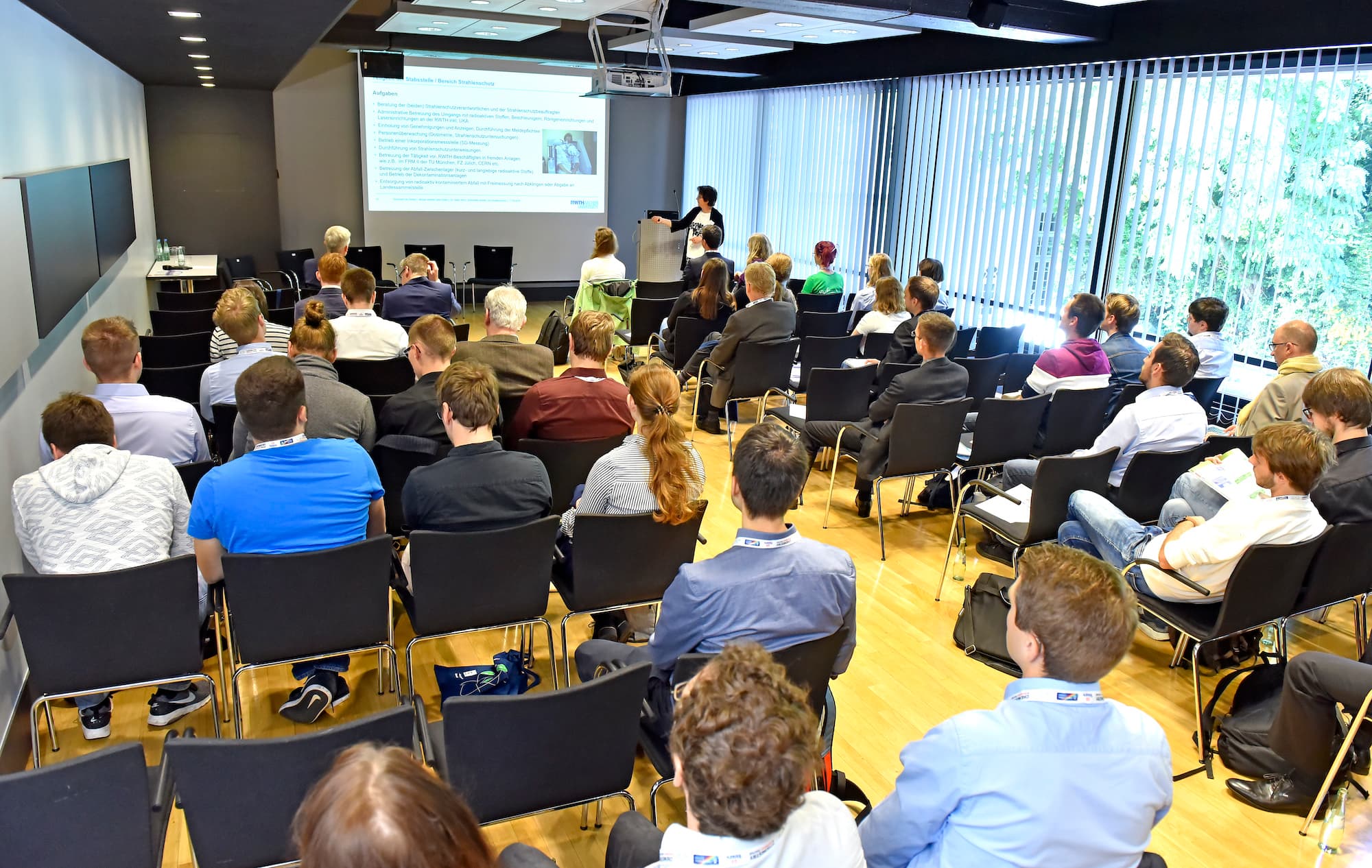Vortrag (Präsenzveranstaltung)
Doing Chemistry with Air: Activation of N2 and O2 in Biological Systems
Prof. Dr. Felix Tuczek
Institut für Anorganische Chemie, Christian-Albrechts-Universität Kiel

Vortrag (Präsenzveranstaltung)
Institut für Anorganische Chemie, Christian-Albrechts-Universität Kiel
Dinitrogen (N2) and dioxygen (O2) are the main constituents of the earth´s atmosphere. The bonding and activation of these molecules as well as their metabolic conversions are fundamental to all forms of life. Many biologically important oxidation and oxygenation reactions are mediated by iron and copper enzymes. Prominent examples of the latter are particulate methane monooxygenase (pMMO) and tyrosinase (TY). Whereas pMMO mediates the conversion of methane to methanol, TY catalyzes the hydroxylation and two-electron oxidation of L-tyrosine to L-DOPAquinone, which constitutes the first step of melanine biosynthesis. In the talk, small-molecule models of pMMO and TY are presented, and their electronic structures and reactivities are described.[1,2]
Nitrogen fixation involves the bonding of N2 at the iron-molybdenum cofactor of the enzyme nitrogenase and its conversion into a bioavailable form; i.e., ammonia. In search of a single-site molybdenum phosphine complex catalyzing dinitrogen protonation and reduction in analogy to the biological process we have developed the pentadentate tetrapodal phosphine (pentaPod) ligand P5Me.[3] The derived molybdenum dinitrogen complex [Mo(N2)(P5Me)] generates 26 equivalents of ammonia from N2, employing SmI2/H2O as PCET reagent. Recently we replaced the dimethylphosphine groups of P5Me by phospholanes, leading to the ligand P5Pln. The derived tungsten complex [W(N2)(P5Pln)] is the first W complex chemocatalyzing the conversion of N2 to NH3.[4] The implications of the results on the biomimetic reduction of N2 are discussed.
Donnerstag, 3. Juli 2025
15:15 – 16:15Donnerstag, 3. Juli 2025
15:15 – 16:15